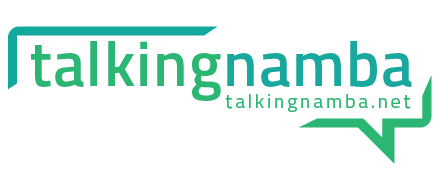Where are they now?
Identifies place value of digits in 3-digit numbers (eg 467 is 4 hundreds, 6 tens and 7 ones)
Where to next?
Identifies place value of digits in 2-digit numbers (eg 67 is 6 tens and 7 ones, or 67 ones)
Purpose
Understanding how to break numbers up in terms of place value, helps students to gain a deeper understanding of how number works and helps them to work out ways to mentally manipulate numbers.
Activities and Assessments (designed to move students on from step 7 to step 8)
Straw Bundling variation (renaming)
Focus: Students explore the reiterated ten count by physically rearranging a pile of drinking straws and so begin to learn how our number system operates and why we write numbers the way we do. They practice interpreting a large number of tens in terms of hundreds and tens and vice versa (place value renaming).
MAB Sculptures
Focus: Building an understanding of how the base 10 and Place Value systems work together for numbers up to the hundreds.
How: See MAB Sculptures instruction sheet.
In addition, ask students to predect how many tens (longs) they’ll get in exchange for the number of cubes they have, and also how many hundreds (flats) they’ll get in exchange for the number of tens (longs) they have. Encourage them to look for patterns as they work through their task.
Number Expanders
Focus: Consolidate the renaming idea by using patterns in the written number system to flexibly rename large collections of base 10 material (eg bundled straws, MAB blocks etc).
How: See Number Expanders BLM and instruction sheet in order to see how these devices are made and folded in order to flexible rename any given three digit number. Number expanders can be used in conjunction with the Straw Bundling or MAB sculpture activity. Once students have determined a total in either of these activites, they can represent that total on a number expander and then practice modelling the different renaming combinations indicated by the expander. For example, if there are 324 straws (arranged as 3 hundreds, 2 tens and 4 ones), these can also be rearranged as 324 single straws, 3 hundreds and 24 single straws or 32 tens and four single straws.
Assessment – What my number looks like
An appropriate number (for the stage of the student) is written in the centre of the sheet – the student then must try to make the number in a number of different ways (as indicated on the sheet.)
Links
References to Other Resources
